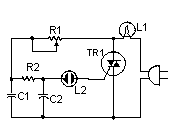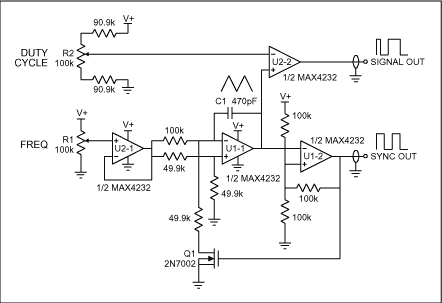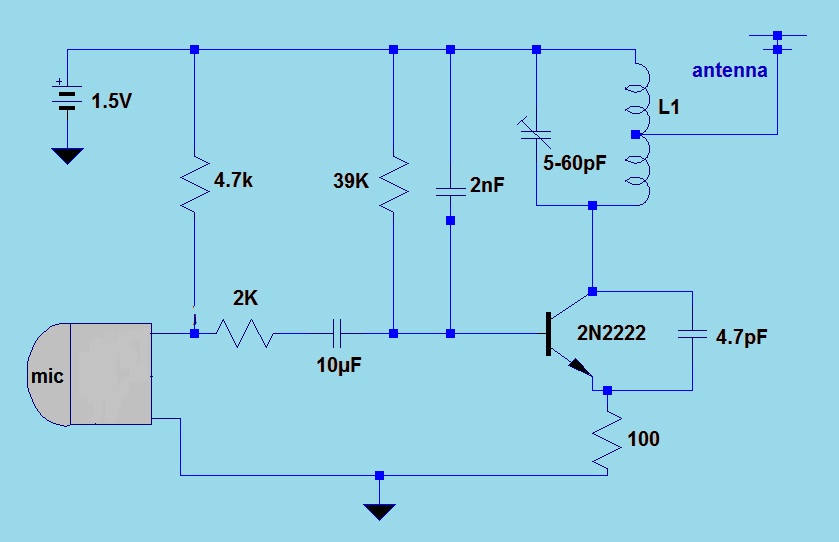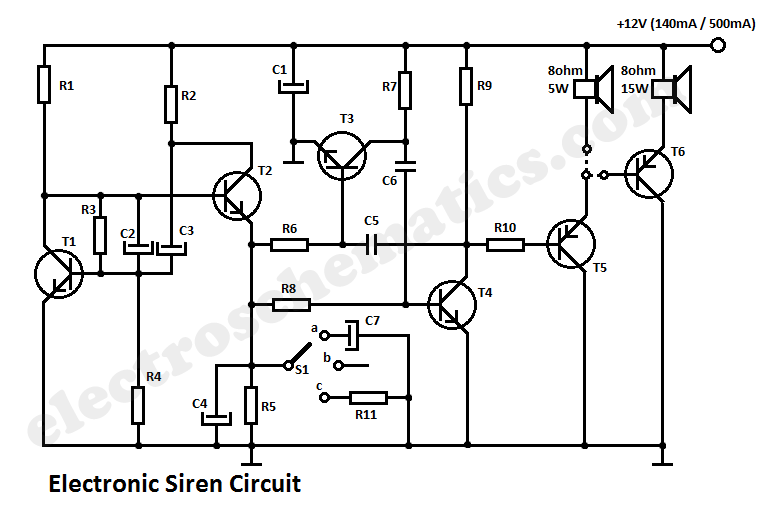
Simple metronome
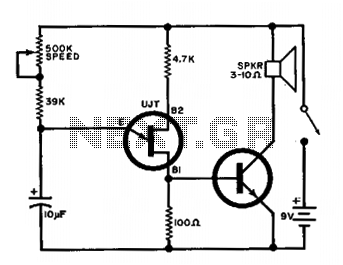
The output of the UJT oscillator is connected to a general-purpose NPN transistor, which drives the speaker. The oscillator's frequency can be adjusted from 15 to 240 beats per minute.
The UJT (Uni-Junction Transistor) oscillator is a relaxation oscillator that generates a square wave output. This output can be utilized to control various electronic devices, such as a speaker in this case. The NPN transistor acts as a switch, allowing the low-power signal from the UJT oscillator to control a higher power signal that drives the speaker.
In this configuration, the UJT oscillator generates a pulse-width modulation (PWM) signal, which is then amplified by the NPN transistor. The transistor's base is biased appropriately to ensure it operates in the active region, allowing for efficient switching. The collector of the transistor is connected to the speaker, while the emitter is typically grounded. This arrangement allows the transistor to control the flow of current through the speaker, producing sound at the frequency determined by the oscillator.
The adjustable frequency range of 15 to 240 beats per minute provides versatility in applications, enabling the circuit to produce a variety of sound patterns. This feature can be particularly useful in alarm systems, sound effects for toys, or any application where variable sound output is desired. The adjustment can be achieved through a variable resistor or capacitor in the oscillator circuit, allowing for fine-tuning of the frequency output.
Overall, this circuit design leverages the characteristics of the UJT oscillator and the NPN transistor to create an effective sound-generating system with adjustable frequency capabilities.The UJT oscillator output is applied to a general purpose npn transistor which drives the speaker. Adjustable from 15 to 240 beats per minute. 🔗 External reference
The UJT (Uni-Junction Transistor) oscillator is a relaxation oscillator that generates a square wave output. This output can be utilized to control various electronic devices, such as a speaker in this case. The NPN transistor acts as a switch, allowing the low-power signal from the UJT oscillator to control a higher power signal that drives the speaker.
In this configuration, the UJT oscillator generates a pulse-width modulation (PWM) signal, which is then amplified by the NPN transistor. The transistor's base is biased appropriately to ensure it operates in the active region, allowing for efficient switching. The collector of the transistor is connected to the speaker, while the emitter is typically grounded. This arrangement allows the transistor to control the flow of current through the speaker, producing sound at the frequency determined by the oscillator.
The adjustable frequency range of 15 to 240 beats per minute provides versatility in applications, enabling the circuit to produce a variety of sound patterns. This feature can be particularly useful in alarm systems, sound effects for toys, or any application where variable sound output is desired. The adjustment can be achieved through a variable resistor or capacitor in the oscillator circuit, allowing for fine-tuning of the frequency output.
Overall, this circuit design leverages the characteristics of the UJT oscillator and the NPN transistor to create an effective sound-generating system with adjustable frequency capabilities.The UJT oscillator output is applied to a general purpose npn transistor which drives the speaker. Adjustable from 15 to 240 beats per minute. 🔗 External reference
